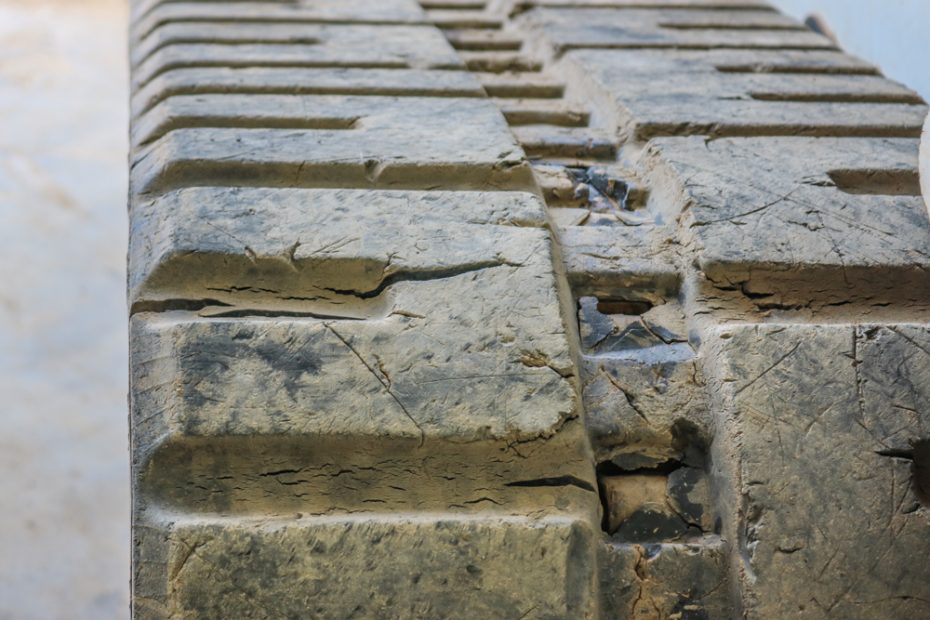Factors that affect how long a rubber track will last
If your machine is equipped with high-quality rubber tracks, the tracks can last anywhere from 400 – 2,000 hours. Why such a broad range of life span? That’s because there are a number of factors that will influence the life of your rubber tracks.
- Operator skill. This is the largest factor to the life of your rubber track. A rubber track is similar to a car tire in that if you are driving aggressively and at a high speed of operation, that will lead to faster wear than a highly skilled operator. If your operator is one who wants to spin the tracks while turning in place, plan on opening your wallet more frequently.
- Ground surface. Driving your machine on abrasive surfaces will cause more damage than soil and sand. While driving on an abrasive surface may not be avoidable depending on your job, just know that an abrasive surface will wear out a rubber track quicker than a non-abrasive surface. Check out our guide on which skid steer track pattern is the best for snow.
- Regular maintenance. Maintenance, or lack there of, will directly impact the performance of the equipment and the life expectancy of the rubber track. Think of your rubber track and an extension of the engine. If you do not perform regular maintenance on your engine, do you expect it to last as long as an engine that does?
- Machine usage. If your machine experience high use, then your tracks will simply wear out quicker. Heavy-duty use over harsh terrain such as asphalt or rocky surfaces will contribute significant wear and tear to the track.
Helpful tip – make sure you are using the right rubber track tread pattern depending on the surface you will be working on. Performing regular maintenance on your rubber tracks will also extend their life.

